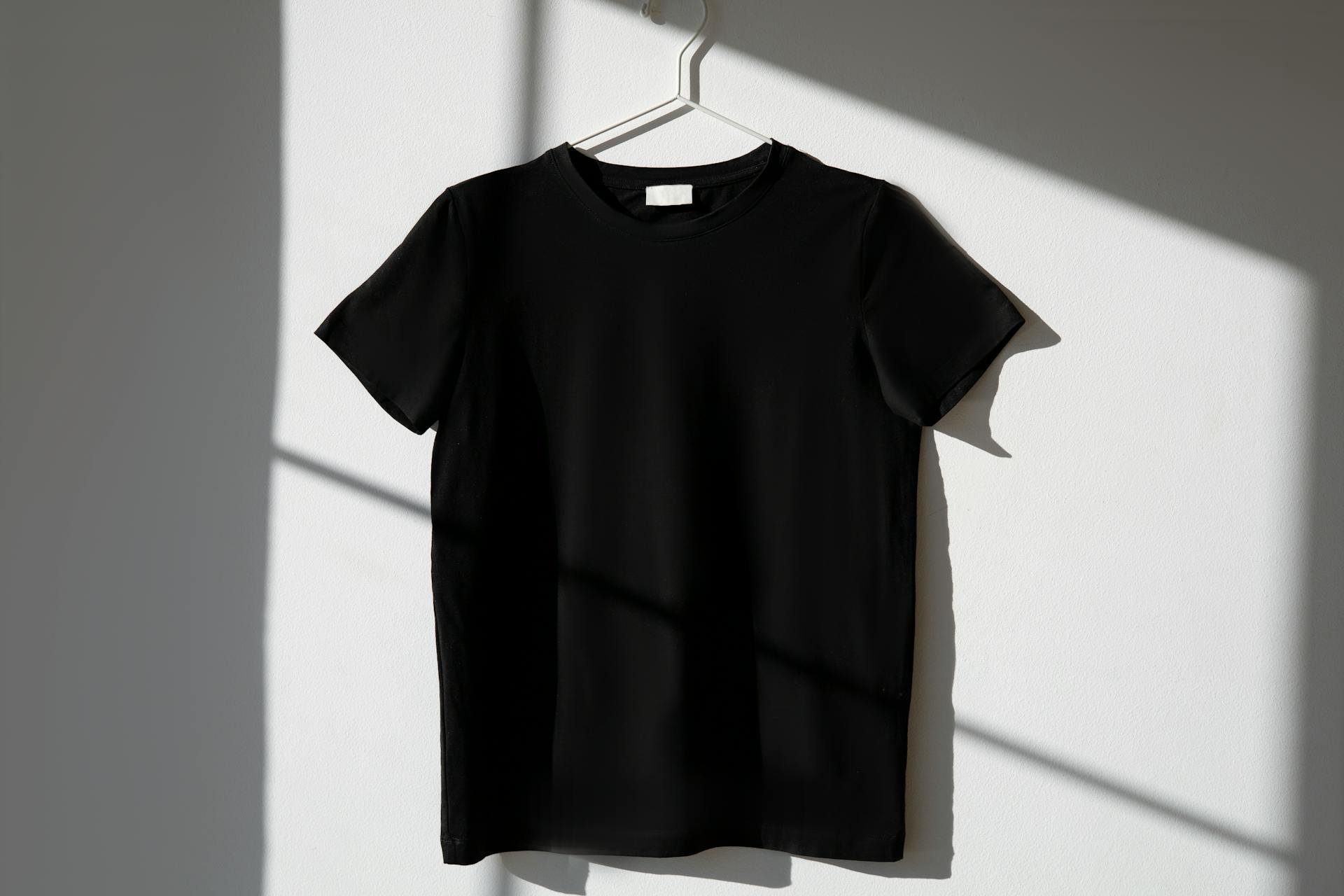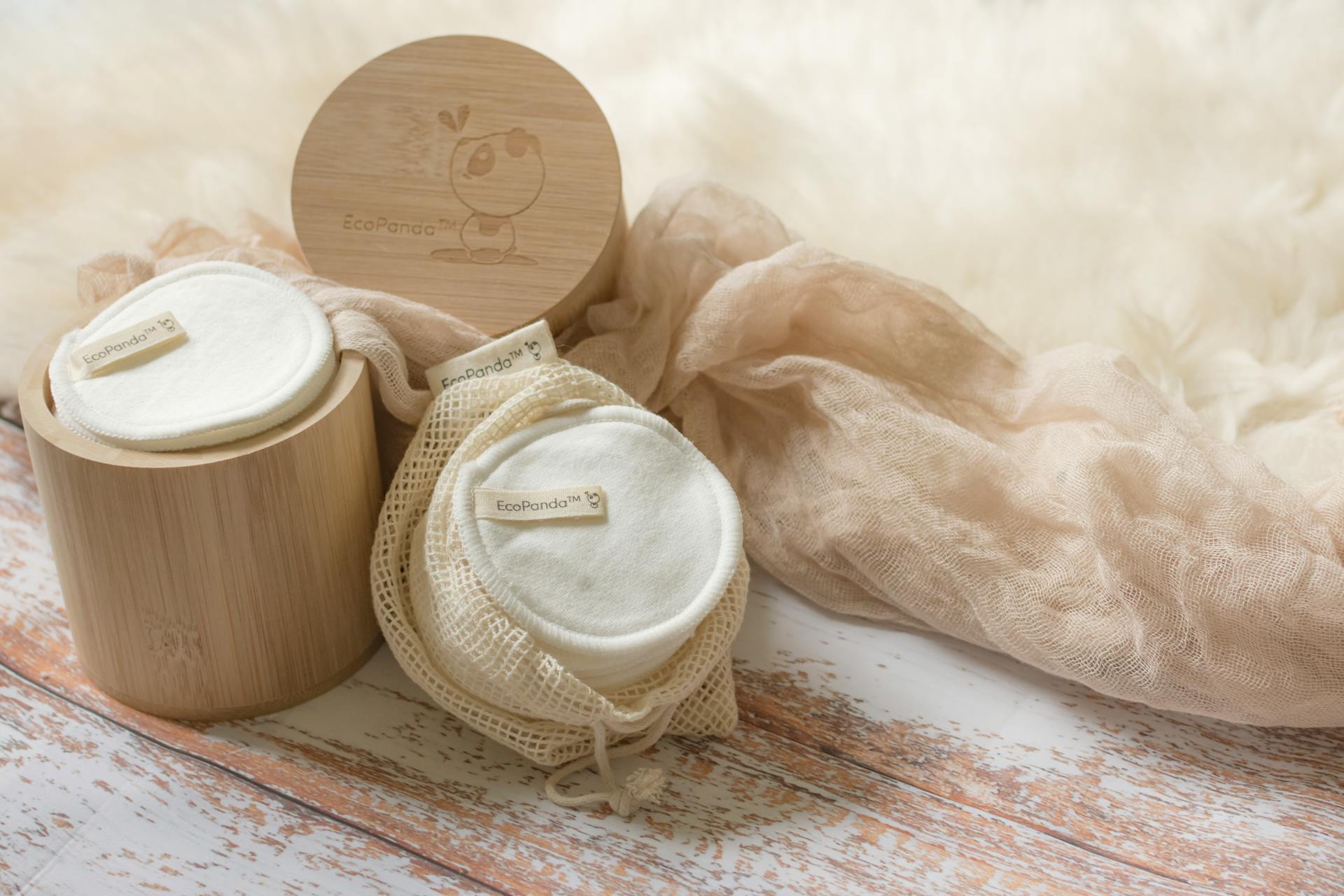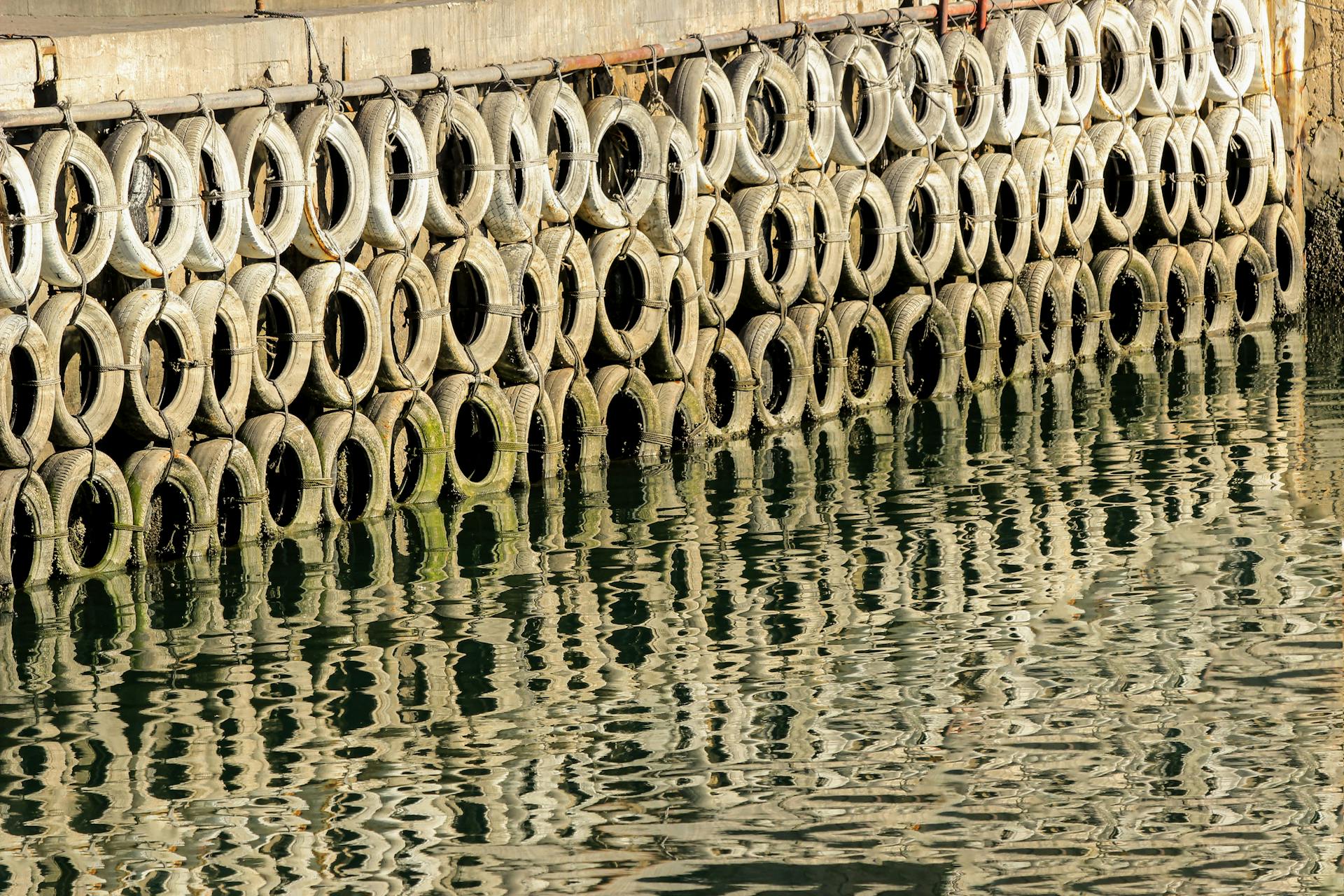
Upcycling is the process of transforming unwanted products or materials into new creations that have a higher value and purpose. It is an innovative way to reuse common household items that would otherwise be discarded as waste. Upcycling helps reduce the amount of waste that goes into landfills, which greatly benefits both the environment and society.
The concept of upcycling is closely related to the 3Rs (Reduce, Reuse, Recycle) approach to waste management. However, upcycling takes recycling one step further by transforming waste materials into something entirely different and more valuable than their original form. It can involve using old clothes to make a quilt, turning a shipping pallet into a coffee table, or repurposing glass jars as storage containers. The possibilities are endless and only limited by creativity!
Transforming Waste into Treasure: The Art of Upcycling
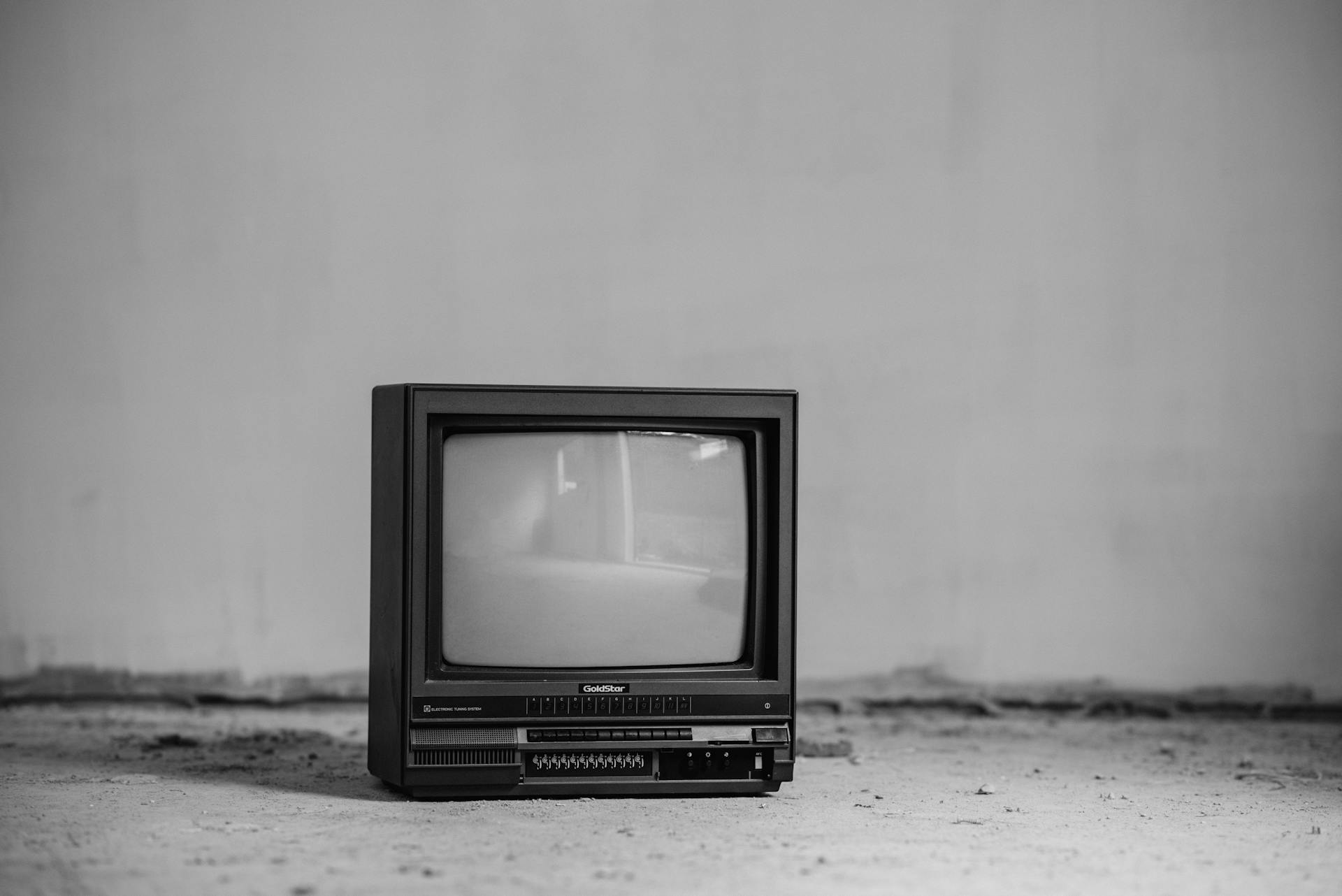
Upcycling has gained popularity worldwide as a sustainable and creative way to give unwanted materials new life. This process involves taking items that are no longer useful, such as old clothing or cardboard boxes, and turning them into something of higher quality and value. By upcycling, we not only reduce pollution by limiting the amount of waste sent to landfills, but also create unique goods that can be reused.
In fact, more Americans are beginning to upcycle clothing boxes into storage containers or even pieces of furniture. Not only does this save money on purchasing new items, but it also promotes a sense of creativity and individuality in the home. By upcycling goods, reducing waste, and promoting sustainability, we can make a positive impact on our environment while creating something beautiful at the same time.
A unique perspective: Clothing Swap Party
Revamp your style with these creative online shops

Have you ever heard of upcycling? It's a process where a company upcycles something that would otherwise be considered waste, like textile waste or cutlery, and turns it into something new and beautiful. There are so many amazing brands out there utilizing upcycled materials to make trendy clothing pieces, make accessories, and even make beautiful home decor. Some of my favorite upcycling companies include Kroon Designs and Reformed Treasures.
Not only does upcycling reduce consumption and keep waste out of landfills, but it also gives a second life to materials that would have been discarded. Elizabeth Teo, an environmental educator and founder of the Waste Cutie brand, explains that “upcycling is not only better for the planet but can also be incredibly stylish.” Stephanie Moram, CEO of Good Girl Gone Green and host of the Green Junkie Podcast, agrees that “upcycling is a crucial opportunity in our climate fight.”
Reducing consumption and finding ways to live sustainably is more important than ever before. The Environmental Protection Agency’s Recycling Basics page explains that "hidden damage from solid waste occurs during production of goods and usage." And the Environmental Defense Fund notes that "methane—a potent greenhouse gas—is released during landfill decomposition." By choosing to shop sustainable seafood, grow food sustainably, and support upcycling companies like Kroon Designs or brands turning cutlery into graphic tees, we can all play a role in protecting our planet.
Concluding Ideas on the Art of Upcycling: A Must-Read!

In conclusion, upcycling is a creative and environmentally friendly way to reduce waste and save energy. By transforming unwanted materials into something new and useful, we can contribute to minimizing pollution and reducing greenhouse gas emissions. This is just one of the many environmental benefits that upcycling offers.
Moreover, upcycling also saves money in the long run. Instead of constantly buying new products, we can repurpose items that we already have or find in thrift stores or garage sales. This not only helps our wallets but also reduces the demand for new production and thus helps the environment.
We hope you found this article helpful in understanding what upcycling is and its many benefits. By embracing this art form, we can all do our part in creating a more sustainable future for ourselves and generations to come. So next time you're about to throw something away, think twice – it could be your next upcycling project!
Upcycling vs. recycling vs. downcycling: What’s the difference?
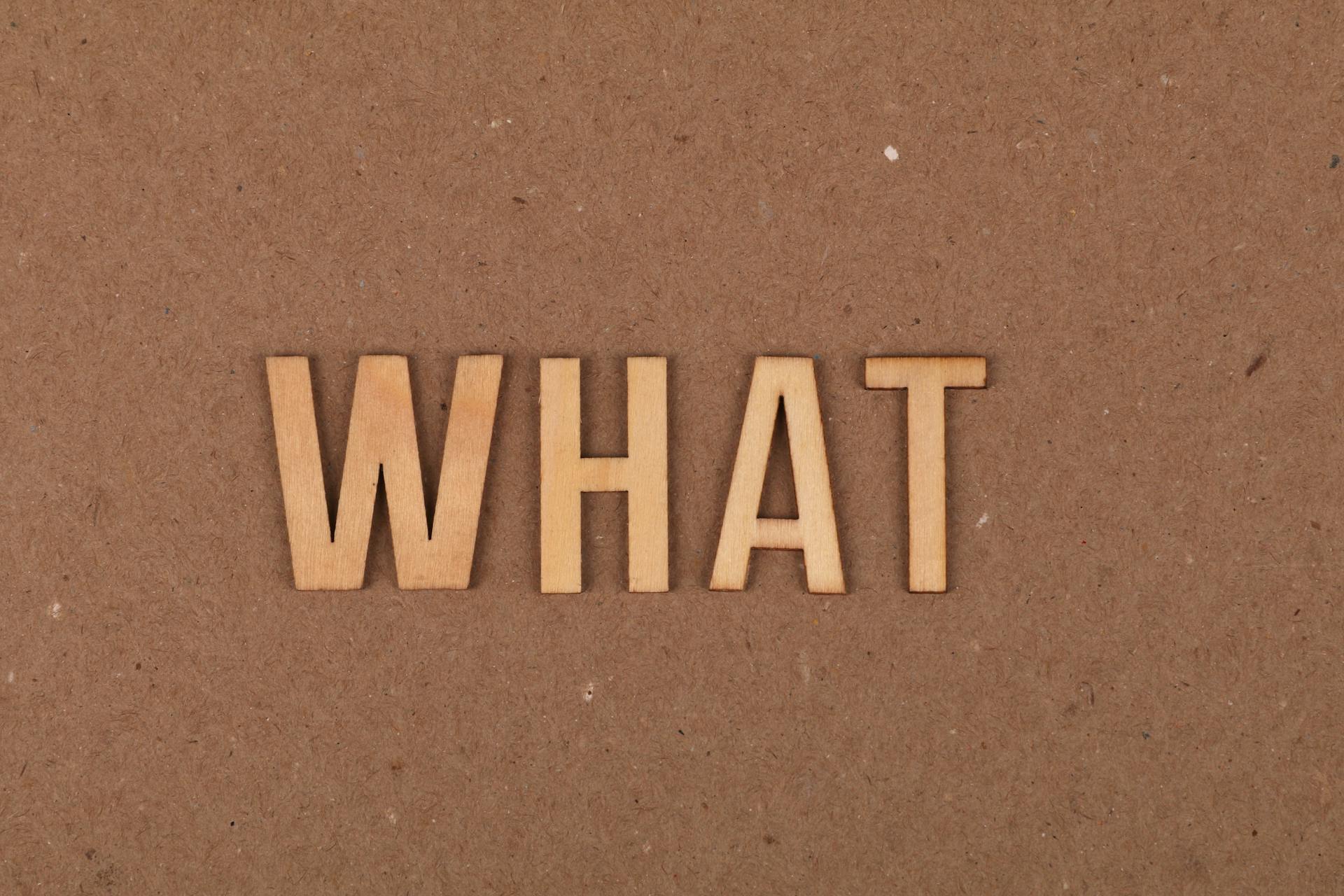
Upcycling, recycling, and downcycling are three methods of reducing waste and minimizing our environmental impact. Upcycling involves taking pre-loved objects and repurposing them for a new use or function. This process requires creativity and ingenuity to transform something old into something new and operationally strong. The result is an item that has a higher value than its original state.
Recycling, on the other hand, involves breaking down materials and transforming them into new products. However, the quality of the recycled materials aren't always as operationally strong as their original form. Downcycling is a slightly lower form of recycling where the material is transformed into something of lesser value or quality than its original form. For example, plastic isn't strong enough to be recycled into new plastic products but can be downcycled into carpet fiber instead. Ultimately, upcycling is the most sustainable option as it extends the lifespan of existing objects while still creating something useful and operationally strong.
A different take: Recycled and Upcycled Clothing
Revamp Your Style: Valuable Insights on Upcycling
Upcycling is an exciting activity involving transforming materials that you would normally throw away into something new and useful. It may sound easy, but upcycling requires some previous skills and knowledge. To get started, we've listed some helpful upcycling tips for beginners.
Firstly, start small and don't bite off more than you can chew. It's important to gain confidence in your abilities before tackling larger projects. Secondly, draw inspiration online and select materials carefully. Curb garage sales and thrift stores for upcycle-able products. And lastly, make sure you have the right tools such as paint brushes, sandpaper, wax varnish, and protective coating.
It's important to remember that mistakes happen during the upcycling process. However, these mistakes can be seen as a learning opportunity to improve your skills. With these valuable insights on upcycling in mind, you'll be able to revamp your style while also reducing waste in a creative way.
The Significance of Upcycling: Why It's Crucial
Upcycling emerged as a refreshing solution to the growing concern over the increasing amount of waste produced by our society. Instead of throwing away items that are no longer useful, upcycling involves finding creative ways to repurpose them into something new and stylish. Not only is upcycling an environmentally friendly practice, but it’s also becoming increasingly fun economical.
Upcycling minimizes the amount of waste that ends up in landfills, which reduces CO2 emissions, air pollution, water pollution, and greenhouse gases. By using existing materials to make something new, we are reducing the demand for raw materials and energy-intensive manufacturing processes. This is a step towards creating a circular economy where resources are used more efficiently, and waste becomes an input for future production.
Upcycling helps create a feedback loop between consumers and effective manufacturers who can use this system to create products that can be used again and again. We can break free from our addiction to single-use items like plastic bags or water bottles by incorporating upcycled products into our daily lives. By doing so, we not only reduce waste but also promote sustainable living practices while supporting local industries that produce these eco-friendly items.
Discover more: Nylon Eco Friendly Sustainable Fabric
1. Economic Benefits
One of the major advantages of upcycling is that it saves money. Instead of buying new products, you can simply repurpose old ones, turning them into something useful and beautiful. For example, an old tin can be transformed into a stylish utensil holder for your kitchen. This not only helps you save on material costs but also reduces the amount of waste going to landfills.
Another economic benefit of upcycling is that it requires minimal tools and materials. Unlike traditional recycling or manufacturing, upcycling doesn't require expensive machinery or specialized equipment. You can upcycle depending on the resources you have at hand. This means that you don't need to spend more money buying additional tools or materials when upcycling. By making use of what you've invested in initially, upcycling becomes an affordable and accessible way to create new items from old ones.
Why Upcycling is the Best Way to Save the Environment
Upcycling is a process of using existing materials and repurposing them into something new and useful. The obvious benefit of upcycling is that it significantly reduces waste, which is a crucial concern for our planet. By upcycling, we can decrease the amount of discarded materials that end up in landfills, reducing the production of powerful greenhouse gases that contribute to climate change.
When we convert waste into new products through upcycling, we also reduce the need for new raw materials. This means fewer natural resources are used, resulting in less carbon dioxide making its way into our atmosphere. Upcycling can also benefit businesses by creating a larger profit margin while promoting long-term health for our planet. Both small businesses and larger corporations can participate in company upcycling initiatives to reduce their environmental impact.
Another huge benefit of upcycling is that it can be done with natural materials, such as wood or fabric. These materials break down naturally over time and do not release harmful chemicals into the environment when they decompose under the sun's heat. By utilizing these existing materials, we are able to preserve our planet's natural resources while reducing waste and promoting sustainability. In conclusion, upcycling provides a practical solution to some of today's most pressing environmental issues, making it an effective way to protect our planet for future generations.
Recycling Vs. Upcycling: What sets them Apart?
Recycling and upcycling are two terms that have become increasingly popular as we search for ways to reduce the amount of waste that ends up in landfills. Recycling is a transformation process that common household materials like paper, metal, and plastic undergo to be recycled back into raw form. These materials can then be used to create new products.
On the other hand, upcycling requires creativity and imagination to take an unwanted item and transform it into something of higher quality or value. Upcycling takes place when an item is repurposed instead of being thrown away. It involves taking items that would normally go to a recycling center or landfill and turning them into reusable material.
Recycling takes common household materials and turns them back into their raw form so they can be used again. Upcycling, on the other hand, takes unwanted items and transforms them into something of higher quality or value. While both methods have their benefits, upcycling offers a unique opportunity for people to reduce the amount of human waste produced while also exercising their creativity.
Upcycling is more popular (and more important) now than ever. Sustainability experts break down what this means and how you can get involved.

Sustainability experts handpick upcycling as a solution to the climate crisis decreasing our planet's health. Upcycling means taking an old or unwanted item and transforming it into something new and useful. This practice promotes sustainable living by reducing waste and carbon footprint.
If you're experiencing climate anxiety, upcycling can be a great way to take action towards a healthier planet. Making small changes in your lifestyle explains Teo, a zero-waste blogger, can lead to big impacts in reducing waste. You don't need to start from scratch; read blogs and follow long lists of zero-waste products or complicated DIY projects. Instead, you can begin by upcycling items that you already have at home.
By upcycling, you'll not only reduce your environmental impact, but also save money. Buying thinking "I'm going to use this again" instead of "I need to buy something new" is an easy way to adopt a sustainable lifestyle. You'll feel guilty less often about purchasing things that end up in the trash soon after. Plus, when you show people what you've created through upcycling, they might be inspired to join you on your zero-waste journey!
Frequently Asked Questions
What are the 3R's of upcycling?
The 3R's of upcycling are Reduce, Reuse, and Recycle. These principles promote sustainable living by minimizing waste and extending the life cycle of materials, ultimately reducing our impact on the environment.
What are the benefits of recycling?
Recycling benefits the environment by reducing waste in landfills, conserving natural resources such as trees and water, and decreasing pollution. It also saves energy and creates jobs in the recycling industry.
What is upcycling and creative reuse?
Upcycling and creative reuse are processes of taking waste materials or products and transforming them into new, higher-quality items that have a greater purpose or value. This practice is eco-friendly, reduces waste and saves resources while fostering creativity and innovation.
What does upcycling mean?
Upcycling means taking old or discarded materials and using them to create something new and useful, often with a higher value than the original item. It's a way to reduce waste and give new life to unwanted items.
Is upcycling the same as recycling?
No, upcycling and recycling are not the same. Upcycling refers to turning waste materials into something of higher value or quality, while recycling involves converting waste into raw materials for the production of new products.
Featured Images: pexels.com
